(Evolution of Green Algae has three articles based on its three trends. All of these articles start and end with same paragraphs. If you want to avoid these intros, directly migrate to the point “Volvocine line of evolution” which is after the second horizontal line).
Evolution of Green Algae: Tetrasporine Trend
Evolution of Green Algae: Chlorococcine Trend
Evolution of Green Algae
Best safe and secure cloud storage with password protection
Get Envato Elements, Prime Video, Hotstar and Netflix For Free
Best Money Earning Website 100$ Day
#1 Top ranking article submission website
Since its conceptualization, evolution has been furnishing the biological science with some interesting insights. It has altered the way how in the past science folks used to perceive the development of themselves and others and considered every species unique without a palpable link in between them. However in later periods through evidences, science has made us accept that we were wrong and evolution is quite obvious in nature.
Today we are going to study the evolutionary trend of a small aquatic group of organisms known as algae, mainly the green ones. But in the beginning we need to mention a problem which actually made it difficult for the pioneered evolutionary algologists to find the correct strategy for the study of algal evolution.
which is…….
As the fossil materials, a very important source of study of evolution are scarce for prehistoric algal members, the evolutionist relied on morphological and reproductive features and development of algae in a sequence to derive the correct evolutionary line. So, the trends are not based on fossil study but some characteristics.
Good to know:
- Green algae are important from the evolutionary point mainly because it is believed that land plants evolved from them.
Evolutionary trend in algae
Blackman (1900) has derived three lines of evolution in algae. He published details about them in a world-class journal named ‘Atlas of Botany’. The lines/series/pathways/trends are:
- Volvocine line.
- Tetrasporine line.
- Chlorococcine line (siphonous).
Each line contains definite number of algae which are arranged in a primitive to advanced fashion. And in all of these three lines, the primitive ones are derived from ancestral unicellular motile algae called Chlamydomonas (Fritsch 1935; Chapman and Chapman 1973).
Short description of each line
Volvocine line: The volvocine pathway represents a series in which the motile unicells divided, retained their flagella and thus motility, and got enveloped in the mucilage to form motile colonies of the genera such as Pandorina, Eudorina and ultimately Volvox.
The volvocine line developed into Volvocales.
Tetrasporine line: The tetrasporine pathway represents a series in which the motile unicells divided but lost their flagella and thus became non motile groups.
The tetrasporine line developed into Tetrasporales.
Chlorococcine line: In the chlorococcine line, however, the ancestral parents both lost their motility as well as their ability to divide.
The chlorococcine pathway developed into Chlorococcales.
Volvocine line of evolution
The Volvocine line of evolution is the first type of evolutionary trend in green algae (Chlorophyta). It is called volvocine trend as the unicellular Chlamydomonas develops into colonial (coenobia), motile type algae (volvocine) at the end of this line. Here the line starts with Chlamydomonas.
In a nutshell: (will be important in the next part)
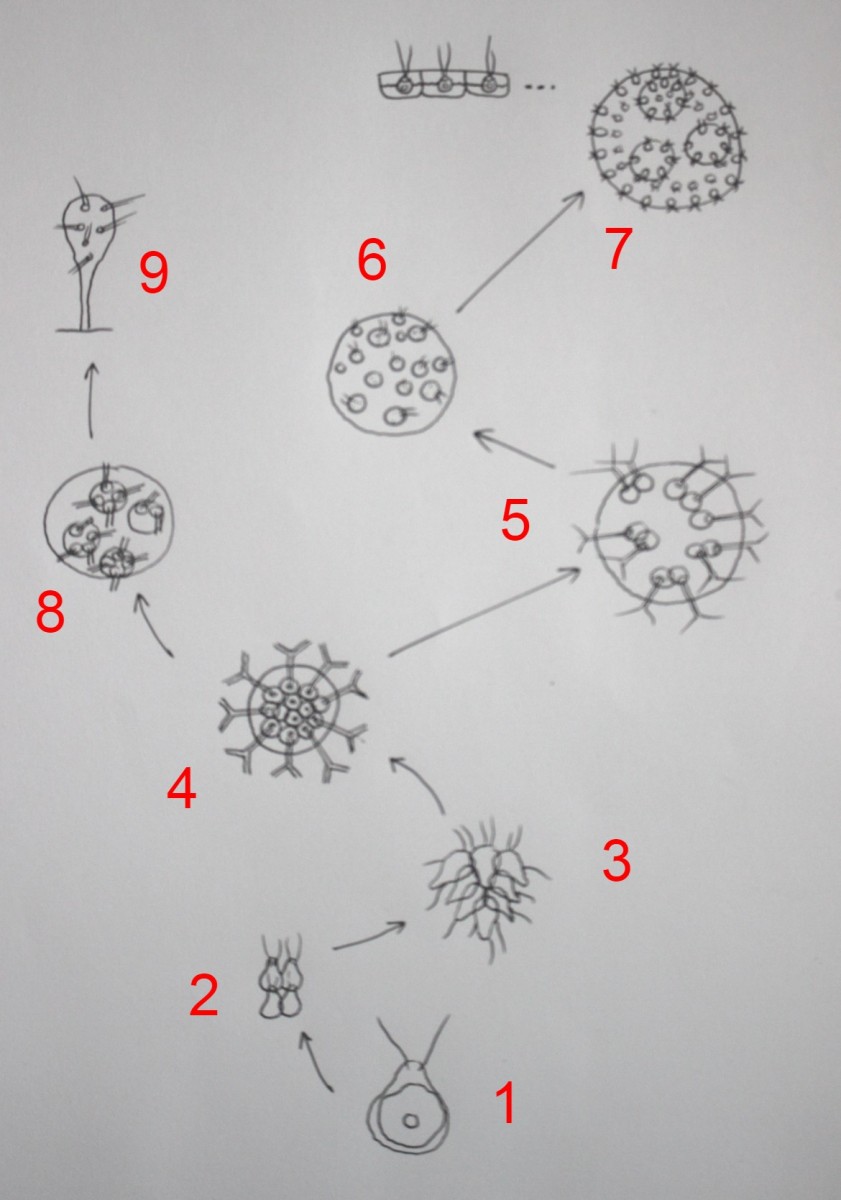
Chlamydomonas – Paschariella – Pyrobotrys – Pandorina
Pandorina – Eudorina – Pleudorina – Volvox
Pandorina – Paulschulzia – Apiocystis
- The first line produces Pandorina from Chlamydomonas via producing two other algae as mentioned.
- Pandorina produces Volvox in the second line and Apiocystis in the third line.
Now, each alga of this trend is discussed with some features so that the students can easily follow why the algologists have put one organism after another. Remember the first alga to come is the primitive one and the next one is more advanced one. And thus the succession continues.
Note that the succession is based on the morphological and reproductive characters, not on fossil study.
Good to know
- Advanced feature: Less reproductive cells, but more vegetative cells.
- Unicellular body is primitive to multi-cellular body.
- Somatic-germline dichotomy is advanced meaning if somatic cells act as reproductive cells, it is a primitive feature.
- The more advanced algae has normally the larger size than the primitive ones.
- Asexual reproduction is a primitive feature.
So as we approach along the line, we observe-
- Increase in the number of cells of coenobium.
- The number of reproductive cells decrease gradually.
- Sexual reproduction is advanced. Isogamy to Anisogamy to Oogamy.
- Colonies are surrounded by mucilagenous sheath.
Chlamydomonas to Pandorina
(Chlamydomonas – Paschariella – Pyrobotrys – Pandorina)
Chlamydomonas
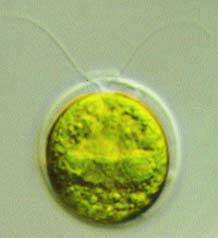
- Cell number is 1.
- Flagellate and motile.
- Reproduces both asexually (in favorable environment) and sexually. The vegetative body acts as the reproductive body (a primitive feature indeed).
- Cup shaped chloroplast with pyrenoid.
Paschariella
- Number of cells is 4.
- Simple colony.
- No mucilage sheath present.
Pyrobotrys
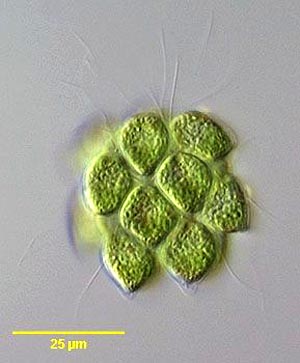
Photograph by William Bourland posted online
- Number of cells is 8 to 16.
- Cells are attenuated (thin or reduced in thickness).
- No pyrenoid.
- No mucilage sheath.
Pandorina
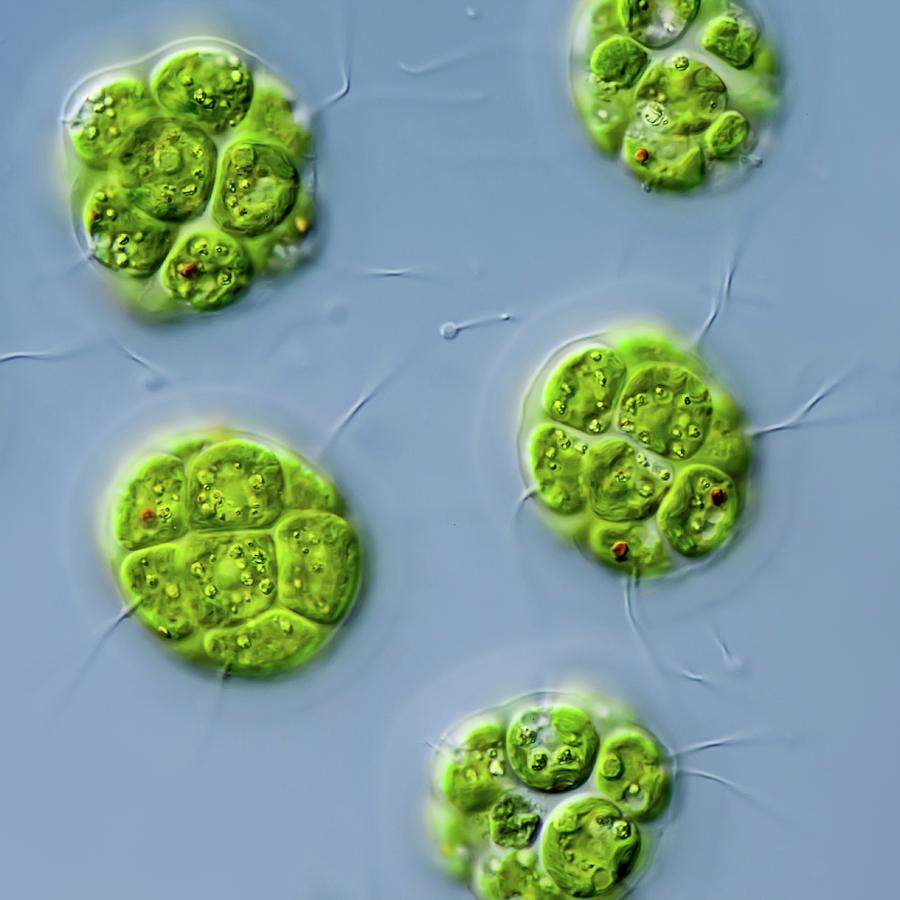
- Number of cells is 16 to 32.
- Colonial mucilage first appeared.
- Polarity is seen as anterior cells are larger and posterior cells are smaller.
Pandorina to Volvox
(Pandorina – Eudorina – Pleodorina – Volvox)
Eudorina
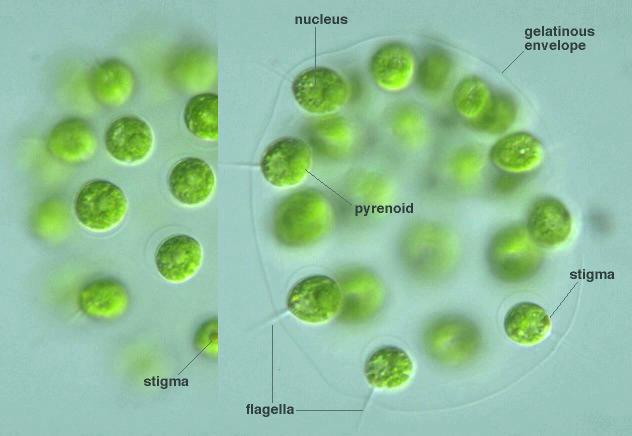
- Number of cells is 64.
- Cellular differentiation is present.
- The upper 4 cells are vegetative and the lower ones are generative or reproductive.
- All the cells are equal in size.
Pleudorina
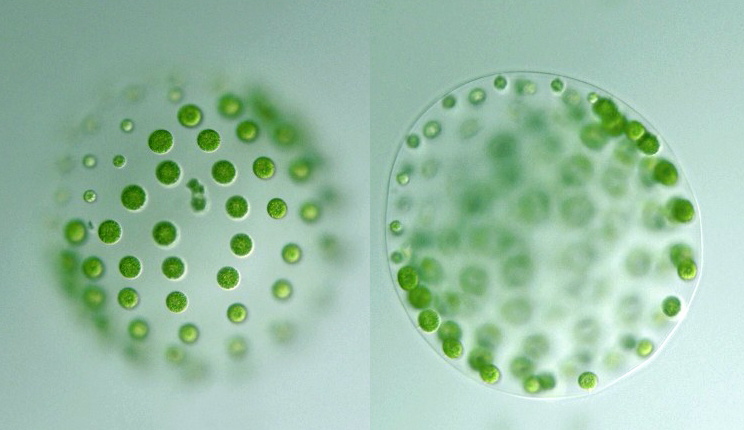
- Number of cells is >500.
- Cellular differentiation is present. 50% vegetative and 50% reproductive.
- Dimorphism of cells is seen as anterior cells are smaller and posterior cells are larger. That’s how we can differentiate it from Eudorium.
- Smaller cells are infertile and they can not form autocolony.
Volvox
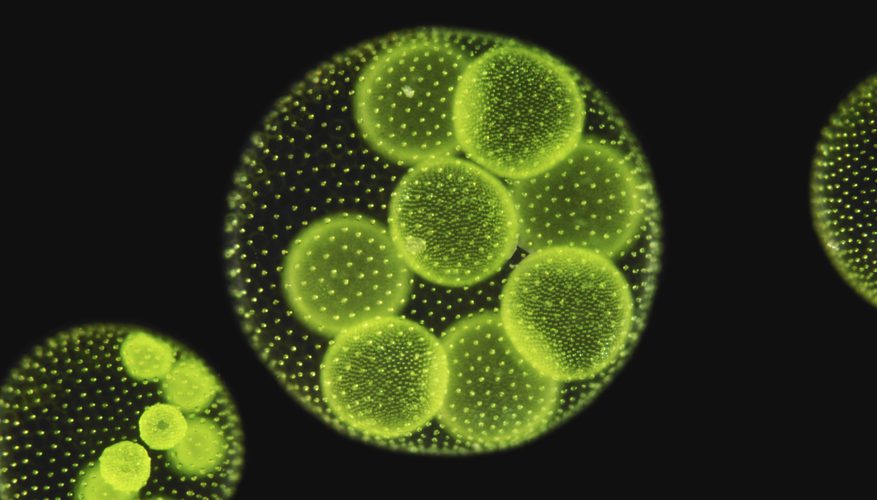
By Carolyn Robbins; Updated April 24, 2017
- Number of cells is 500 to 50,000.
- Daughter colonies are seen.
- Coenobium is formed which is a hollow sphere of mucilage, in which a definite number of cells are arranged in its periphery in a single layer.
- Vegetative cells many and reproductive cells are few in number.
Pandorina to Apiocystis
(Pandorina – Paulschulzia – Apiocystis)
Paulschulzia

- Structure similar to flagella but without motility.
Apiocystis
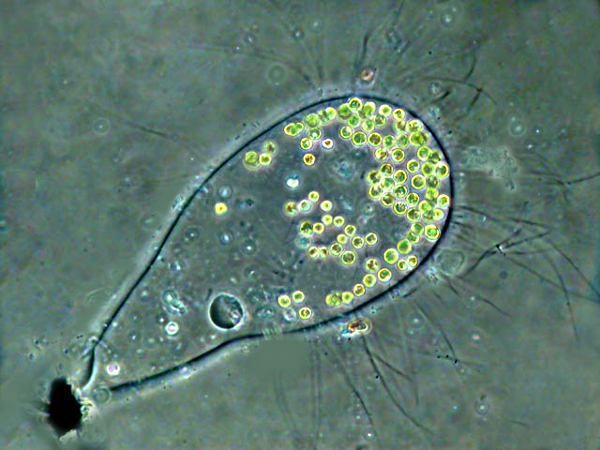
- Pseudoflagella present.
The above algal points provide with some short introductory features of each algae. Here the characteristics written in the next algae are referred superior or advanced to the characteristics of the former. Such as, coloniality present in Palmella miniata is a primitive character whereas coloniality is absent in Palmodictyon which is advanced.
Though these phylogenic or evolutionary trends are based on morphology and reproduction, recent studies have shown light on the biochemistry and cellular level study to understand the phylogeny (Pickett-Heaps and Marchant, 1972; Frederick et al., 1973 and many others). And it is true that this later trend is also likely to be changed through many more researches. Perhaps owing to a similar reason Chapman and Chapman (1973) have rightly stated that –
”Any evolutionary scheme, however, can only be regarded as tentative”
Feel free to comment any mistake, misinformation or something you know about this article that can be incorporated.
Best safe and secure cloud storage with password protection
Get Envato Elements, Prime Video, Hotstar and Netflix For Free
 Plantlet The Blogging Platform of Department of Botany, University of Dhaka
Plantlet The Blogging Platform of Department of Botany, University of Dhaka
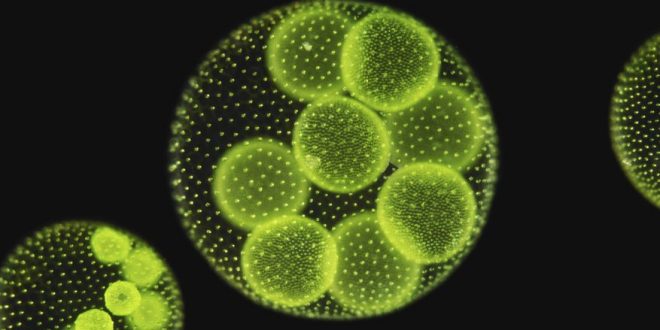

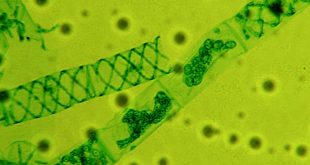
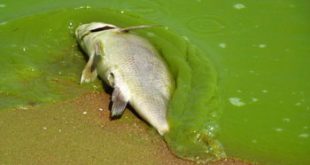
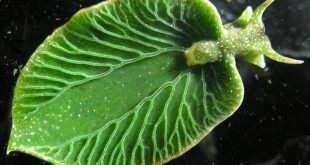
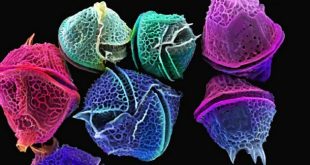
I don’t think the title of your enticle matches the content lol. Just kidding, mainly because I had some doubts after reading the enticle.
Your article helped me a lot, is there any more related content? Thanks!